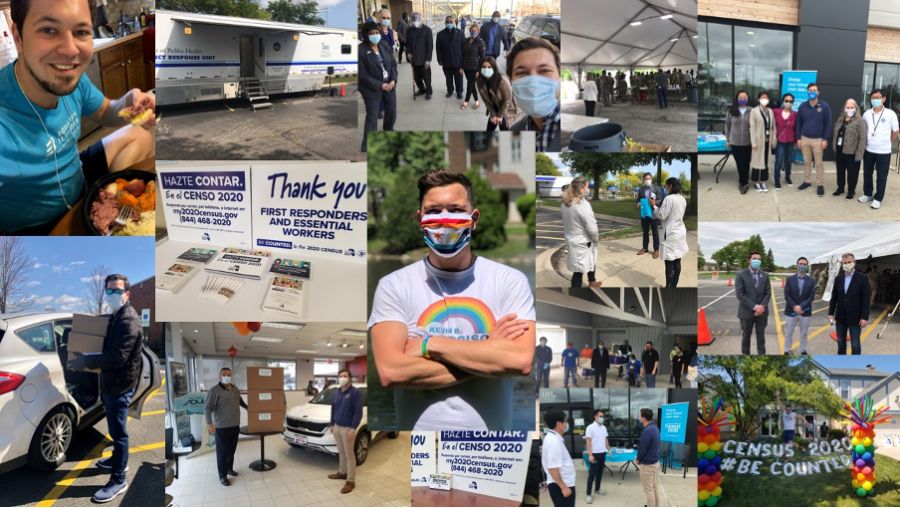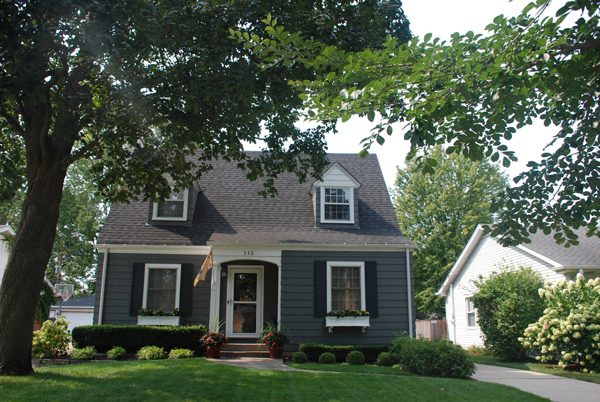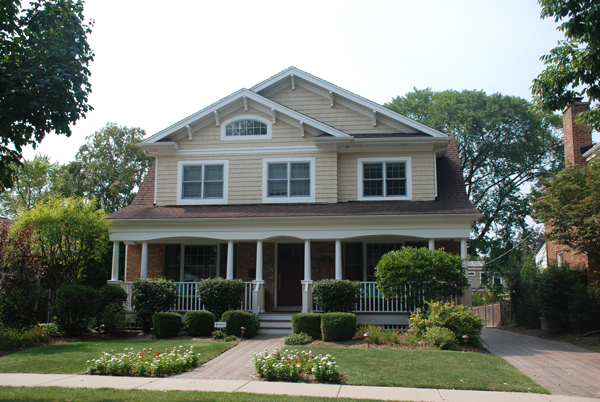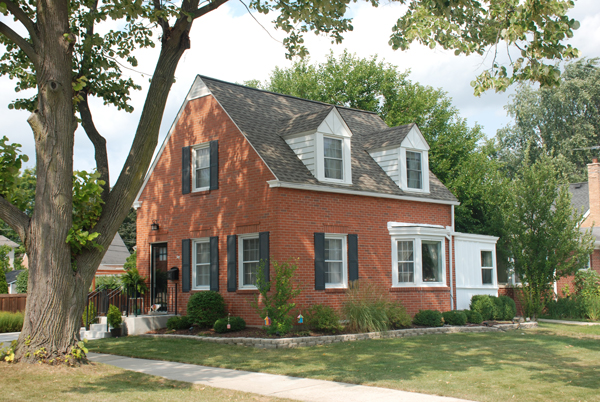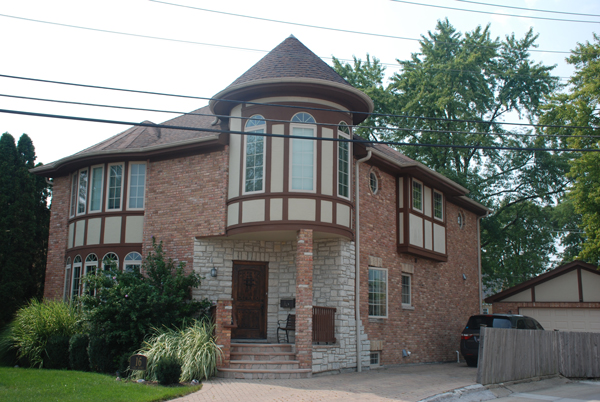A never-before-known virus called COVID-19 happened upon the scene in late 2019/early 2020 which would change the world’s population for years to come.
From March 13 through June of 2020 Prospect High School students learned and staff members taught remotely, via Zoom. Fortunately, students already had iPad technology, so they were able to learn remotely relatively easily. But all high school sports and activities, including prom, were canceled and graduation was done virtually. Yard signs congratulating graduates were seen all over town in an attempt to make up for the traditional activities they missed.
School resumed in August 2020 with remote learning once again. But many teachers once again taught from the school building.
All staff came back to the building in October 2020 and students had the option of learning in person from October 2020 through Thanksgiving. In January 2021, students once again had the option to return to the building for the remainder of the year, according to Greg Minter, principal.
“There were a few teachers who were reluctant to teach in person, at first, but that dramatically subsided,” Minter stated. “Teachers definitely prefer teaching students in person. Online teaching did work for both students and teachers, but it was not ideal.”
As for school attendance, COVID did cause issues. But Prospect High School had measures in place to address that problem, he said.
All sports had seasons during the 2020-21 school year, but many seasons were delayed or abbreviated. For instance, football was played in the spring. In addition, students in spring 2021 had both in-person prom and graduation.
“The pandemic has been hard on everyone in one way or another,” Minter stated. “I think District 214 responded very well. Our students and staff already had a lot of experience with technology, so that made remote learning an easier adjustment. Educators will view this as the greatest challenge of their career.”
